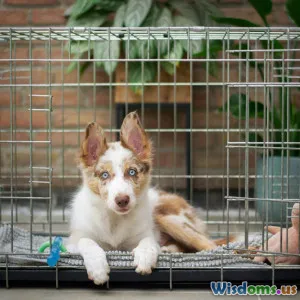
How to Calm Separation Anxiety in German Shepherds
17 min read Learn effective strategies to calm separation anxiety in German Shepherds and promote a happier, more relaxed companion. (0 Reviews)
How to Calm Separation Anxiety in German Shepherds
For anyone who has welcomed a German Shepherd into their home, it's easy to see why this breed is so beloved—intelligent, loyal, and incredibly bonded to their families. However, with these deep attachments often comes separation anxiety. For German Shepherds, being left alone can lead to destructive behavior, excessive barking, and emotional distress. The good news is, with the right understanding and techniques, you can help your German Shepherd feel calm and confident even when you're not there.
Understanding Separation Anxiety in German Shepherds
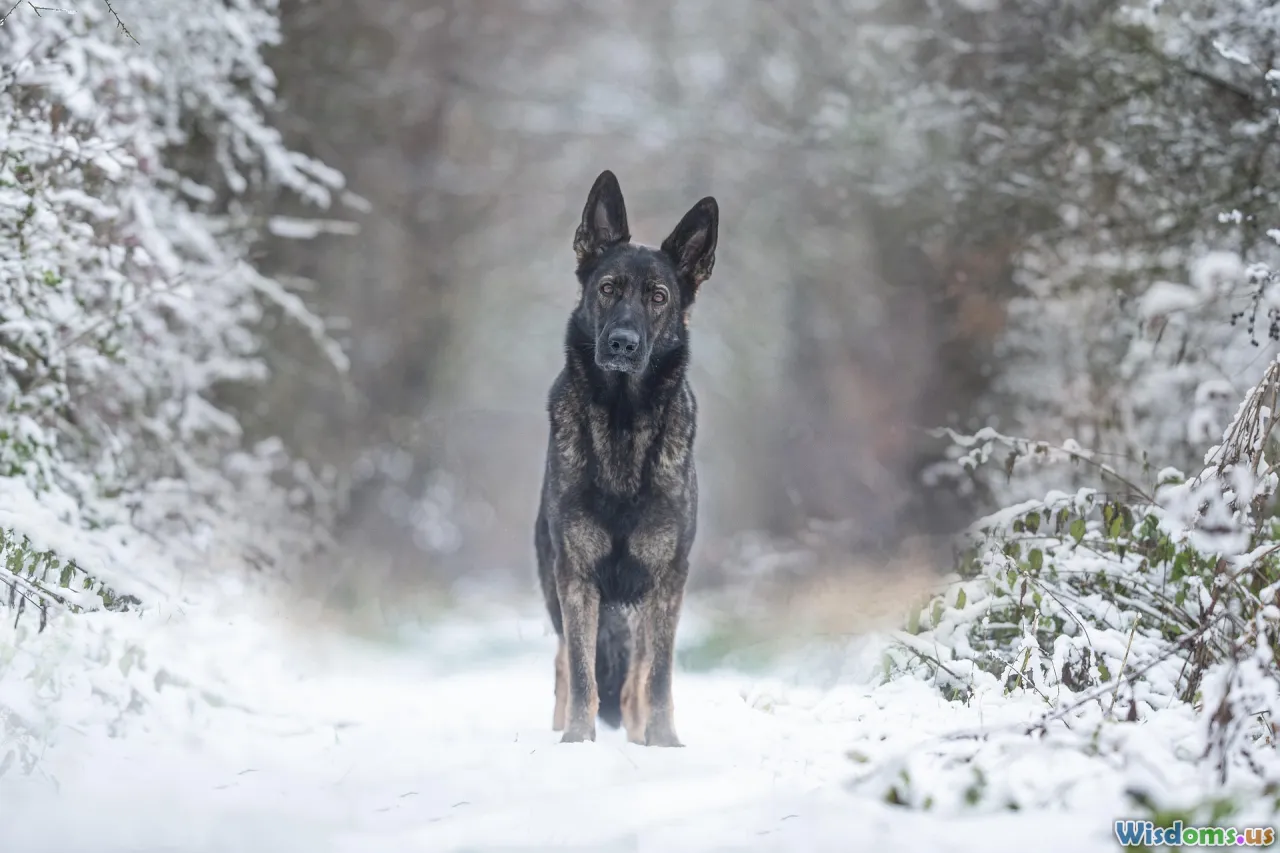
Separation anxiety doesn’t mean your dog is misbehaving on purpose. It’s a genuine emotional response, usually triggered by the fear of being left alone. In German Shepherds—who've been bred as loyal workers and close companions—this distress can manifest in various ways.
Common signs include:
- Excessive barking, howling, or whining when left alone
- Destructive chewing (often targeting doors, windows, or items that smell like their owner)
- Attempts to escape from crates or rooms
- Pacing or restlessness
- Potty accidents indoors, despite being house-trained
Real-life Example: Amy, a German Shepherd rescue, would dig at doors and cry for hours whenever her owner left the house, regardless of how long he was gone. Her desperation was not due to lack of training but rather an overwhelming fear of being alone.
Why German Shepherds Are Prone to Separation Anxiety
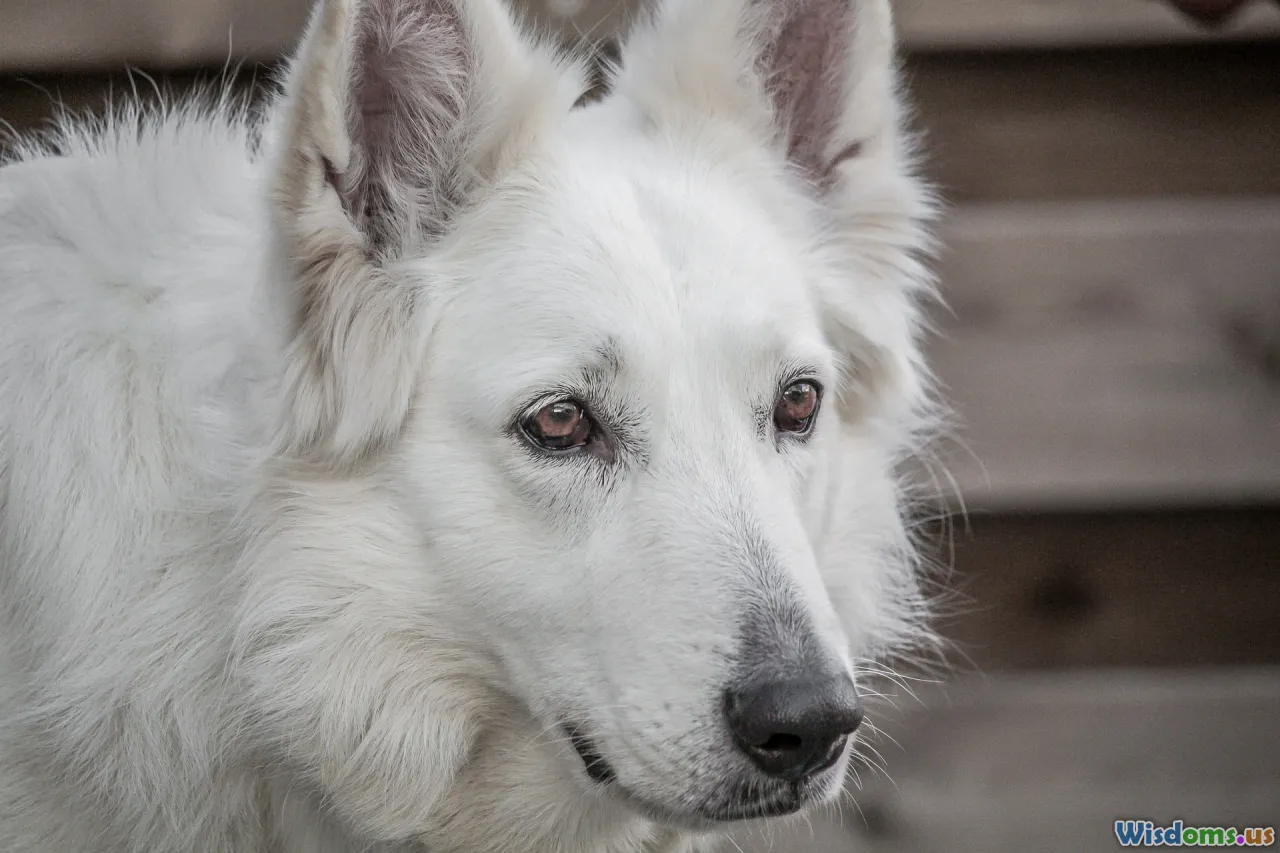
German Shepherds were bred for roles as herders, protectors, and service dogs, working closely with their humans. Their intelligence and sensitivity make them incredibly affectionate—but also more susceptible to anxiety about being apart.
Contributing factors include:
- Strong attachment: A hallmark of the breed is forming deep bonds with family.
- High intelligence: Smart dogs can easily sense patterns and changes in household routines.
- Lack of early socialization: Puppies who aren’t gradually exposed to brief periods alone may develop anxiety later.
- Rescue or re-homing experiences: German Shepherds in shelters or adopted from other homes may fear further abandonment.
A 2021 study published in the journal Applied Animal Behaviour Science found that among commonly owned breeds, German Shepherds had one of the highest incidences of separation-related problems. Being proactive in managing your dog's stress is crucial, especially with this breed.
Gradual Desensitization: Step-by-Step Reassurance

Desensitization is a gradual training process that builds your German Shepherd’s confidence to spend time alone. The goal is to break the association between your departure and their anxiety.
How to Practice:
- Start Small: Begin by leaving your dog alone for mere seconds—just step outside the door and return. Gradually increase the length to a few minutes, rewarding calm behavior each time.
- Randomize Departures: Mix up your routines. For example, pick up your keys or put on your jacket without actually leaving. This helps prevent your dog from anticipating being left alone at these trigger points.
- Stay Low-Key: When leaving and returning, avoid dramatic goodbyes or excited greetings. Calmly enter and exit, showing your dog it's no big deal.
- Progress Slowly: Every dog progresses at a different pace. If your Shepherd starts showing anxiety, return to shorter departures before building up again. The process may take weeks, so patience is essential.
Tip: Use a baby monitor or pet camera to watch your dog’s response so you can adjust your schedule and actions as needed.
Environmental Enrichment to Soothe the Mind
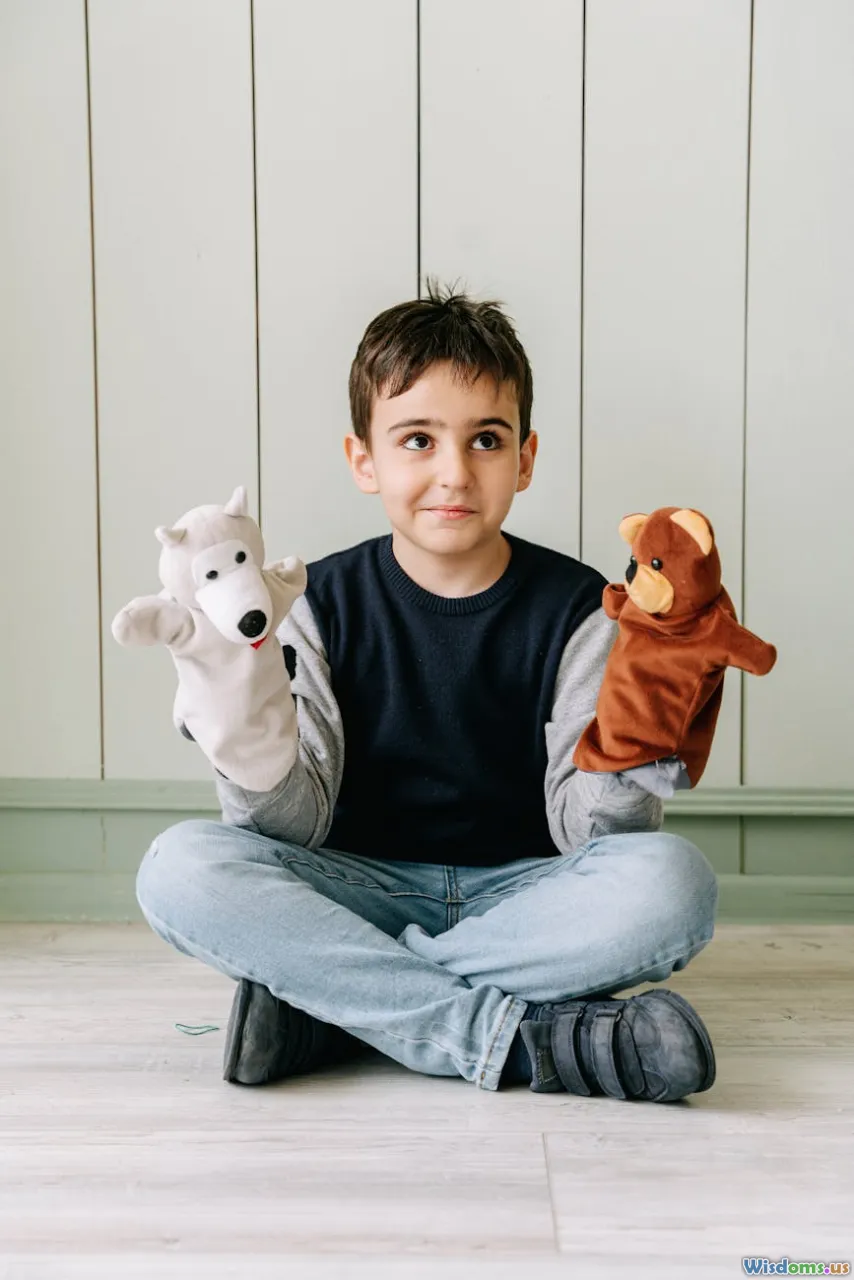
Providing stimulating activities and distractions can help reduce the emotional impact of your absence. German Shepherds, in particular, benefit from both mental and physical exercise.
What Works Best:
- Kong Toys: Fill with treats or peanut butter, then freeze. These toys can occupy your dog for up to an hour.
- Puzzle Feeders: Engage their brains with toys that require solving puzzles to release kibble or treats.
- Rotate Toys: Keep playthings fresh by swapping them out every few days.
- Window Watching: Set up a safe space where your dog can watch the world—sometimes the activity outside is enough entertainment.
- Soothing Music: Studies (e.g., Colorado State University, 2012) suggest classical music can help calm dogs.
Example: One German Shepherd owner, Mike, found that leaving a variety of puzzles and scent toys out during work hours helped curb his dog’s urge to chew furniture out of boredom.
Exercise: A Vital Outlet for Anxiety

A tired dog is a calmer dog. As energetic as German Shepherds are, they require daily physical and mental exercise to stave off frustration and anxiety.
How Much Activity?
- Puppies (up to 12 months): Multiple short play sessions and brief walks.
- Adults: Two long walks (at least 30 minutes each) plus active play (fetch, tug), and at least one mental challenge (e.g., obedience training or agility).
Practical Example: Before leaving for work, Becky spends 40 minutes walking and running with Rufus, her German Shepherd. The morning activity leaves Rufus more relaxed, napping through much of Becky’s absence instead of panicking.
Positive Reinforcement: Building Confidence

Rewarding independence and calm behavior is crucial. Dogs thrive on feedback—praise helps your German Shepherd learn that being alone equals good things.
How to Reward Independence:
- Treats for Calm: If your dog settles quietly alone (even for a few minutes), offer a treat or favorite toy.
- Create Positive Associations: Before leaving, place a special treat or toy out—something your dog only gets at separation times.
- Counter-conditioning: Pair being alone with pleasant experiences. For example, give a treat as you walk out the door, ensuring your departure signals a reward instead of a bad event.
Clicker training can be particularly helpful for German Shepherds due to their intelligence. Mark and reward even brief moments of relaxed, quiet behavior during practice sessions.
Crate Training and Safe Spaces
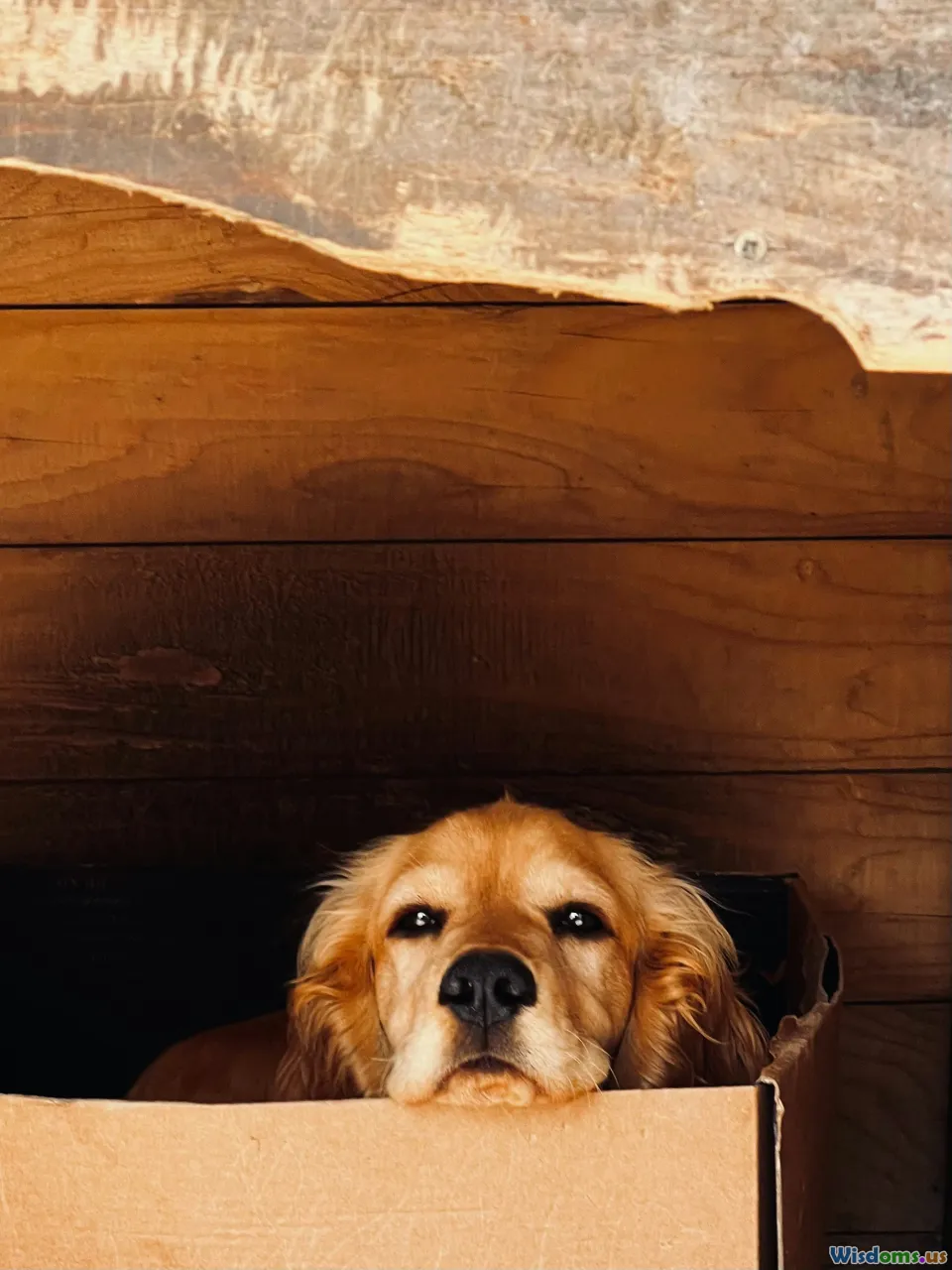
Crates and designated safe spaces help many dogs feel secure. For German Shepherds, however, crate use must be introduced gradually, as improper implementation can increase their agitation.
Tips for Effective Crate Training:
- Never Use the Crate for Punishment: The crate should be a positive, safe retreat, not a place of isolation.
- Slow Introduction: Start by tossing treats or feeding meals in the open crate. Follow by brief periods with the door closed, always remaining nearby at first.
- Bedding and Scents: Place familiar blankets or a t-shirt that smells like you in the crate or safe space.
- Open-Door Policy: Once your German Shepherd is comfortable, keep the door open when you’re home—they’ll learn to go in on their own.
A cozy nook with their toys, bedding, and limited noise can help a dog relax even if not confined to a crate. Some Shepherds prefer a quiet spot in a laundry room or bedroom when alone.
Routine and Predictability: Setting Expectations

Dogs, much like people, feel more at ease with daily structure. German Shepherds, with their working-dog heritage, crave routine and predictability.
What to Do:
- Consistent Schedules: Walk, feed, and play at roughly the same times each day. This helps reduce the "when is my family coming back?" anxiety.
- Predictable Departures and Arrivals: Develop a pattern for leaving (e.g., a short play session, calm crate time, then goodbye). Over time, your Shepherd will learn departures are followed by reunions.
Anecdote: Lena found that creating a stable workday routine signaled to her Shepherd, Jasper, that she’d always come back—instead of worrying all day, he would nap until 10 minutes before her usual return.
When You Need Extra Help: Professional Solutions
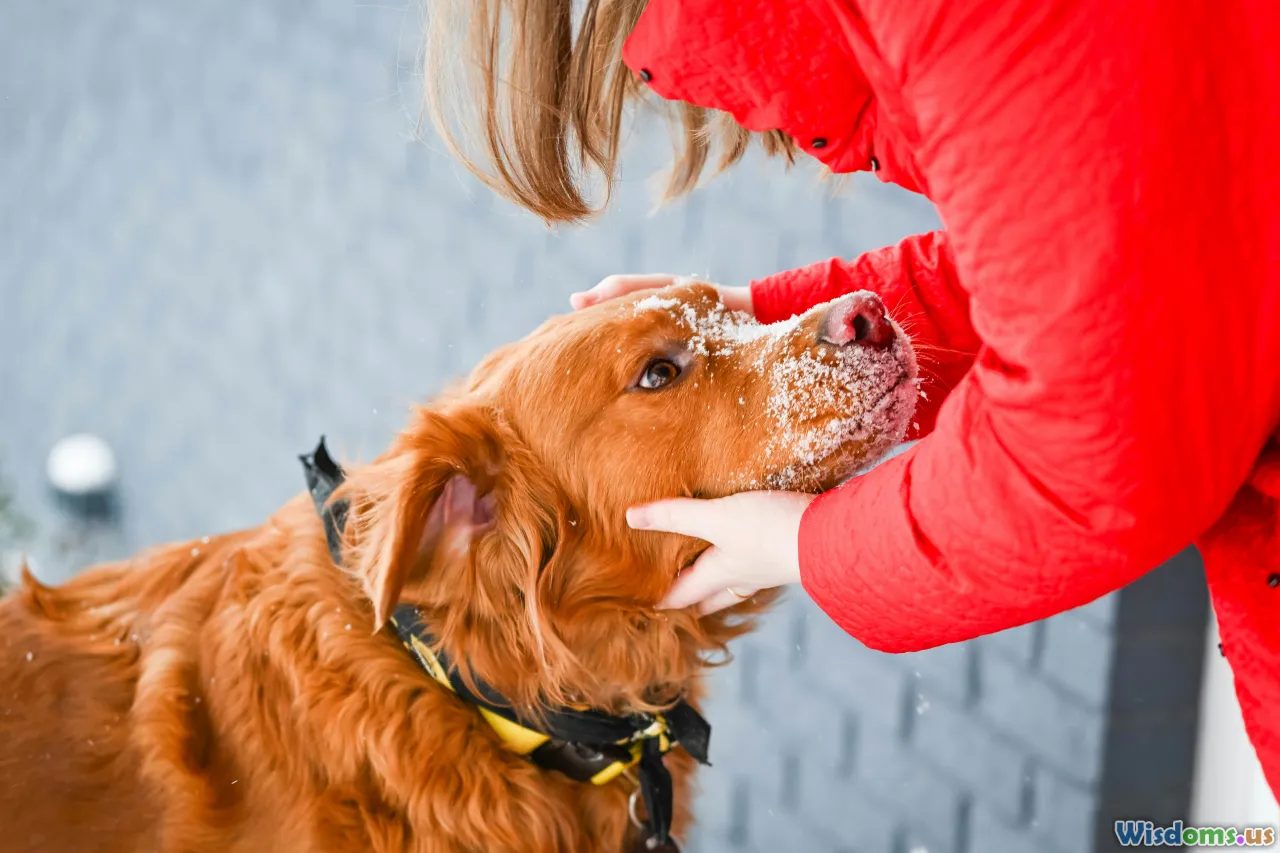
Sometimes, despite your best efforts, a German Shepherd’s separation anxiety may persist. Don’t hesitate to reach out for professional help—early intervention is key to preventing long-term distress.
Available Resources:
- Certified Dog Trainers: Specializing in positive reinforcement and canine behavior, these experts can craft a personalized plan.
- Veterinary Behaviorists: In cases of extreme distress, medication or structured therapy may be advisable. Anti-anxiety meds are sometimes prescribed as a supplement to training.
- Doggy Daycare: Providing company and stimulation during long absences can help some dogs. Not all German Shepherds may be comfortable in group settings, so trial visits are helpful.
- Dog Walkers and Pet Sitters: Midday check-ins for a break, a walk, and some company reduce the hours spent alone.
According to the American Veterinary Medical Association (AVMA), approximately 20-40% of referred behavioral cases for dogs involve separation anxiety—so seeking support is nothing to be embarrassed about.
Avoiding Common Mistakes That Worsen Anxiety
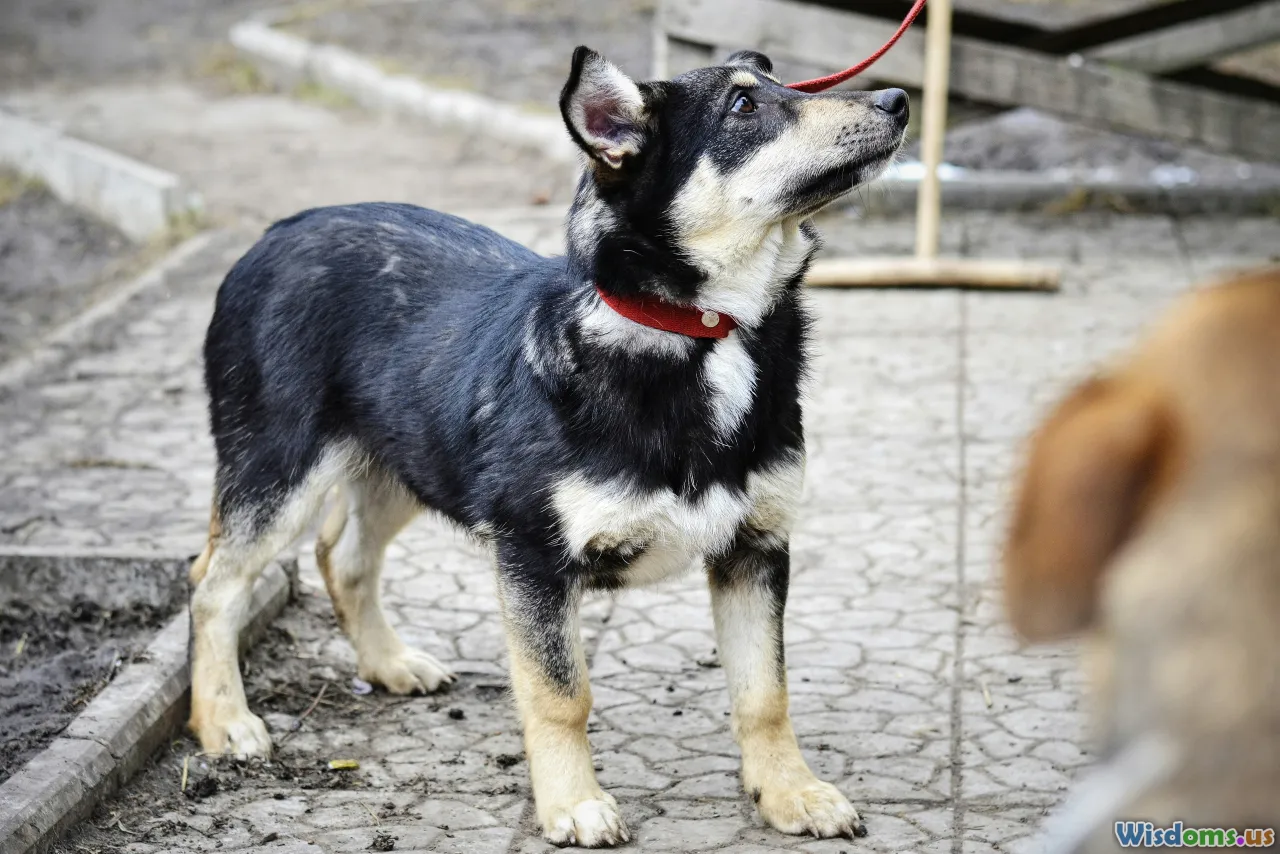
It's tempting to scold or punish a dog for destructive behavior caused by anxiety, but this only worsens the problem. German Shepherds are sensitive, and negative feedback can make them more fearful.
What Not to Do:
- Don’t punish chewing, digging, or messes. Your dog is acting out of distress, not defiance.
- Don’t use shock collars or aversive tools. These can traumatize and increase anxiety.
- Don’t rush the process. Desensitizing and building independence can take months—rushing may cause setbacks.
- Don’t reinforce clinginess. Constantly hovering or dramatic reunions only confirm anxiety is warranted.
Instead, focus on reinforcing calm behavior and gently encouraging independence.
Real-Life Success Stories: German Shepherds Overcoming Separation Anxiety

Case Study #1: After being adopted from a shelter, Max the German Shepherd would pace, drool, and howl whenever his owner left. His family began using desensitization techniques, combining short departures with rewarding calm behavior. Over two months, Max became comfortable alone for up to four hours, enjoying routine treat puzzles and naps during their absence.
Case Study #2: Tara, a working single parent, trained her Shepherd, Zeus, to relax in a cozy crate with soft blankets and chewing bones. She hired a mid-day dog walker and played calming music when away. In three months, Zeus went from frantically tearing at doors to waiting calmly until the family returned.
Final Thoughts: Building Security and Confidence for Your German Shepherd
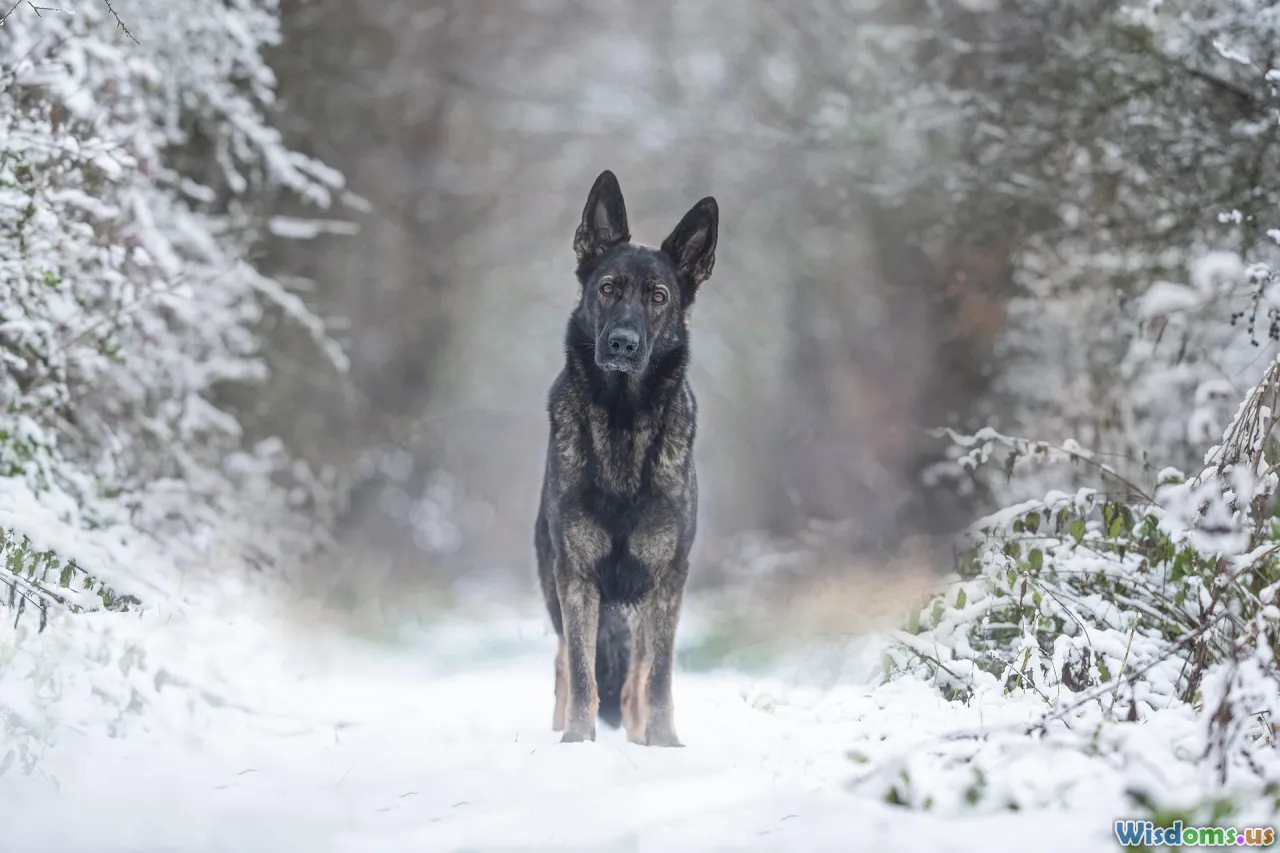
Separation anxiety in German Shepherds is a real and fixable problem. With trustworthy routines, engaging activities, the right mix of training and patience, and—when needed—the help of professionals, your dog can learn to feel safe balanced with your comings and goings. Remember, each German Shepherd is unique; tailoring a plan respecting their needs and sensitivities will pave the way to a happier, more relaxed companion and a peaceful household for all.
Rate the Post
User Reviews
Other posts in Dog Breeds & Behavior
Popular Posts












